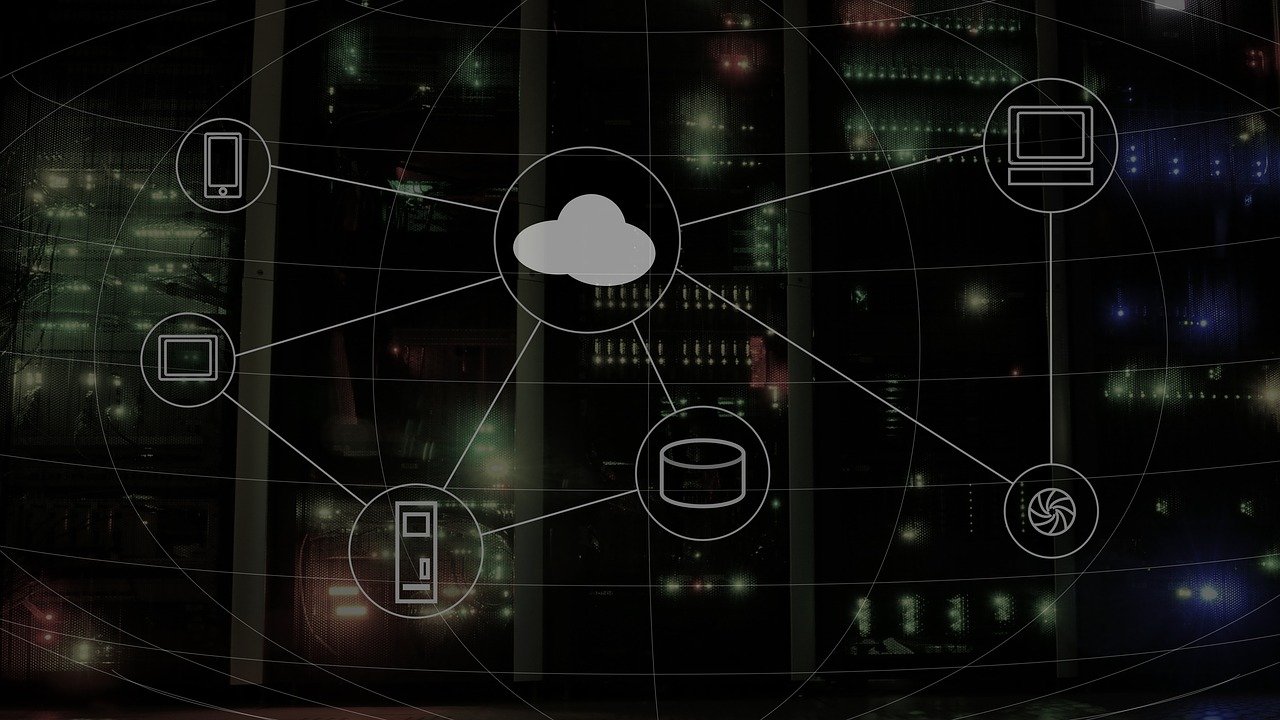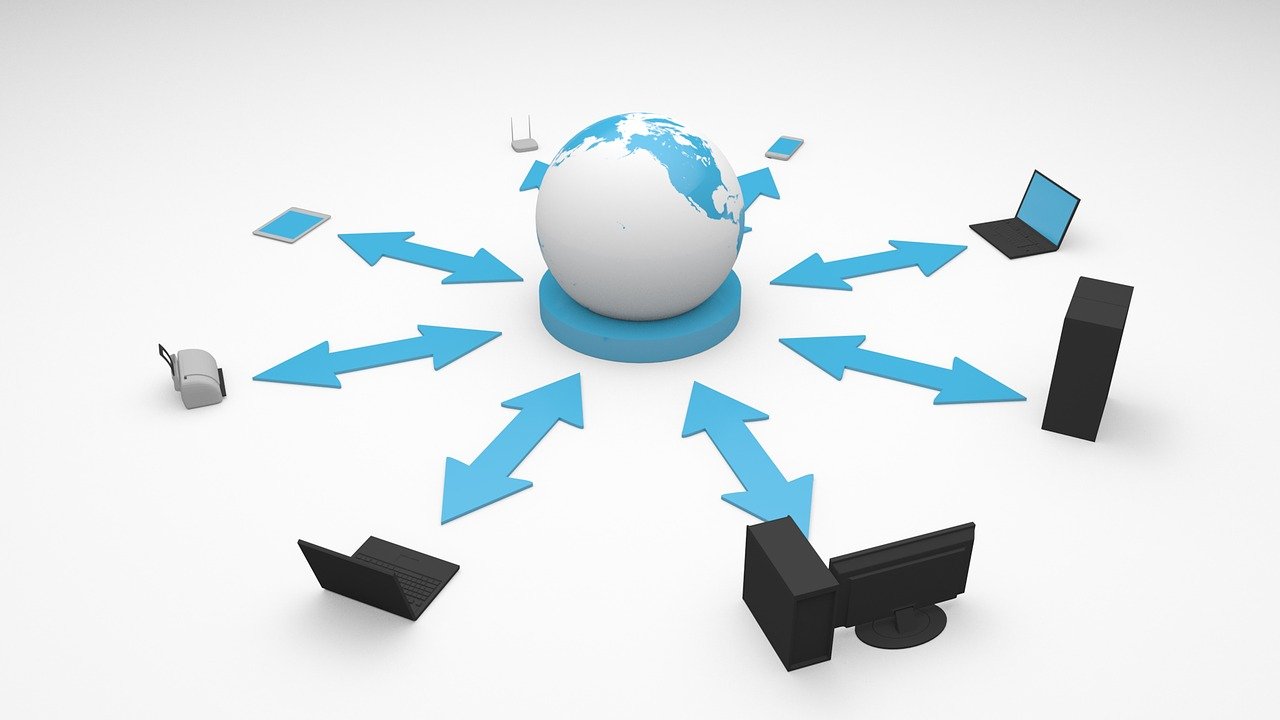Software-as-a-Service – abbreviated SaaS – is a section of, and at the highest level of cloud computing. Software-as-a-Service refers to a distribution model via web browsers for software applications, which have not been purchased by the user, but are only paid for dependent on usage. With SaaS, the service provider makes the required IT infrastructure available, administers, services and maintains hardware as well as software and takes on data storage and back-up in the cloud.
What Advantages and Disadvantages does Software-as-a-Service offer?
The use of SaaS provides companies with several advantages. By using an SaaS service, costs for IT within the business is reduced, as the software is provided as a service via the internet and is billed according to actual usage. Investments in an in-house IT infrastructure or licenses for the software are no longer needed. As infrastructure maintenance is taken over by the service provider, no costs arise for businesses in this regard either.
The transparent pricing of SaaS enables simple and clear budgeting. Another advantage is simple scalability through the modular structure of Software-as-a-Service. Even if company requirements constantly change, SaaS can be easily tailored to every need. Additional modules can be leased or cancelled without any problems and new users can be integrated with little effort. An SaaS implementation is also completed quickly and simply, in particular in comparison to long lead times during company internal IT projects.
A disadvantage is the dependence on the service provider. It is therefore important to ensure and verify beforehand via several sources, that the service provider is reputable and reliable. A concise contractual arrangement with regard to service provision, data security, possible premium adjustment and general services can protect from nasty surprises. In this context, the dependence on a stable internet connection also has to be regarded as a risk. According to the report “State of the Internet” of global internet service provider Akamai, Germany is only in a mid-range position in Europe. Therefore, it is possible – depending on the location of the business – that there may be availability issues.
Software-as-a-Service – Data Security in the Cloud
The question regarding security of company data in the cloud is paramount. An important aspect for protecting company data from unauthorised access is data storage location, i.e. the location of the cloud server. In Germany, data is protected by one of the strictest data protection laws and access rights are clearly regulated. With servers located in the USA, the American secret services CIA and NSA, as well as the Federal Police FBI, are authorised at any time, due to the Patriot Act, to access the data. This access right extends also to the data of foreign companies and private individuals. The data is accessed even without the owner of the data being informed about it. An optimum of data security is therefore offered by providers, who abide by the German IT Security Law for Critical Infrastructures.
Software-as-a-Service as a Workplace of the Future
SaaS opens up new opportunities for businesses of any size with regard to the design of workplaces. Through Software-as-a-Service, a workplace no longer necessarily has to be based in the company’s head office. Quick and secure access to data and information stored in the cloud from any web-enabled computer means that, theoretically as well as practically, workspaces of the future can be located anywhere. Irrespective if working from home or another continent – all that is required is access to the internet. SaaS therefore simplifies and enables team collaboration. Synchronisation of data on all devices ensures that all team members are always up-to-date, independent of their location. Data loss, for example if the device of a user fails, is also ruled out due to data storage in the cloud.
Software-as-a-Service and mobile Working
When using a SaaS service, mobile access of data and information at any time is an important prerequisite for mobile working. Mobile data access is becoming an increasingly decisive competitive factor for many companies, in particular in areas such as service and sales. Companies do not have to concern themselves with the development of applications which function error-free on different mobile devices, when using many SaaS services. No in-house staff is required to look after security of mobile computing.
However, SaaS services are not necessarily optimised for mobile working. Additionally, businesses are often faced with the challenge, that besides SaaS, on-premises applications are in use as well and therefore also have to be made available to staff, while working off-site. Solution providers, such as oneclick, have recognised this need and are making both SaaS services, as well as on-premises applications, available via mobile optimised workspaces. Therefore, hybrid structures become feasible and companies have the opportunity to convert to Software-as-a-Service quickly, without having to relinquish their own on-premises environment.
What Benefits does Software-as-a-Service offer for Start-Ups and SMEs?
In the past, the purchase of software such as CRM or ERP applications was often an almost insurmountable financial hurdle, in particular for start-ups and SMEs with a tight budget. Either own staff had to be deployed and initially trained for the installation, maintenance and service of the software, or external service providers had to be employed. All this generated costs, which are considerably lower when using an SaaS service.
Software-as-a-Service is a cost-efficient alternative to the purchase or leasing of software packages for SMEs and start-ups. The costs for usage can be planned and stay within a manageable range for small businesses. Another advantage is scalability of the application. New workplaces are set up instantly and new staff can seamlessly access applications. SaaS simply grows with the business.
Who uses SaaS Services?
Currently more than half of industrial companies (54 %), 41 % of commercial businesses and around 25 % of service companies use Software-as-a-Service in Germany. Worldwide SaaS has recorded continued growth for years. It had a turnover of around 10.7 billion US dollars in 2010 and is forecast to increase sevenfold by 2020 to around 75 billion US dollars. In Germany, a turnover of just about 9 billion Euros is expected for 2019.
Image sources:
Image 1: © wynpnt | pixabay.com
Image 2: © ar130405 | pixabay.com


